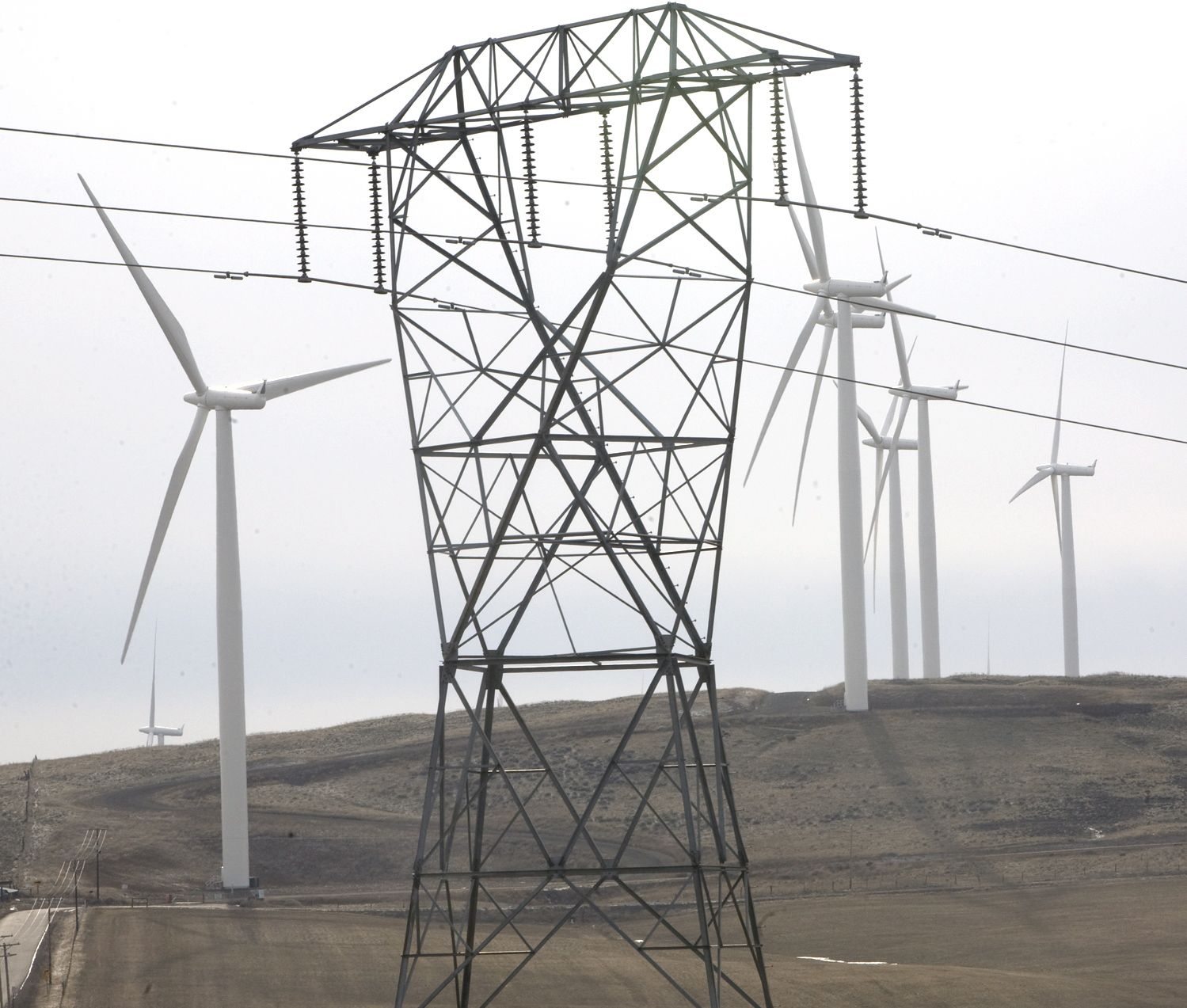By this spring, the Bonneville Power Administration plans to release its draft environmental impact statement on a proposed transmission line through Clark and Cowlitz counties. The 500-kilovolt line would stretch from Castle Rock to Troutdale, Ore.
The Bonneville Power Administration on Wednesday said it is no longer considering a citizen-proposed route for a new transmission line through Clark and Cowlitz counties.
The announcement comes after months of pressure from local groups pushing for their own “Grey Line” route, which would have positioned the 500-kilovolt transmission line farther north and east than any of BPA’s four options. But in a written report, BPA project manager Mark Korsness said the Grey Line simply poses too many logistical and cost hurdles for the agency — while not doing enough to reduce impacts to private homeowners. As a result, the project team eliminated it.
A BPA analysis said the Grey Line could land within 500 feet of 227 houses, according to Korsness, mostly on its southern half through Clark County. That’s far more homes than citizen advocates have said their option would impact, but still fewer than any of BPA’s other four main routes. Even so, BPA suggested the difference wasn’t enough to change course.
“I think one of the big things we found is that that route didn’t eliminate impact to private homes,” said BPA spokesman Doug Johnson.
BPA first proposed the transmission line in 2009, aiming to ease a strained Northwest power grid. The federal power marketing agency hopes to locate the 500-kilovolt line — carried by 150-foot utility towers — from Castle Rock to Troutdale, Ore. The controversial plans have drawn strong, sometimes emotional testimony from residents with health and property concerns.
Spiking the Grey Line is a major blow to citizen groups who have pushed hard for it during the past year. At a public forum in Battle Ground on the project last month, most of the dozens of citizens who spoke appeared to favor the Grey Line.
Terry Constance chairs Another Way BPA, one of the groups that supported the Grey Line. Even with that option dismissed, their mission of pursuing an “unpopulated” route won’t change, he said.
“We’ve had that exact same mission since day one,” Constance said.
Constance said he appreciated BPA giving a closer look to the Grey Line, even if it wasn’t chosen. But he said the utility should have given the same consideration to a route through Oregon — a possibility that BPA leaders eliminated early in the planning process.
BPA’s four options on the table through Southwest Washington range from a west alternative, mostly on existing federal right of way and into Vancouver, to an east alternative, snaking to the east of Yacolt and Hockinson. All four cross the Columbia River at Camas. They range in cost from $317 million to $407 million, according to BPA.
Having all of those routes — plus several variation segments — still under consideration creates uncertainty for thousands of residents near those lines, Constance said. He’d like to see BPA come up with its own alternative that impacts fewer homes, he said.
“The human environment, to us, has always been our priority,” Constance said. “It always has been.”
In deciding to drop the Grey Line, Korsness cited several challenges it created. He said building farther north and east would have significant impact to timberlands, state-managed trust lands and natural areas, as well as other private landowners not aware of the project. That could add $30 million to the project cost and up to two years to the planning process, Korsness said.
BPA’s four routes aren’t without hurdles of their own. An earlier BPA analysis showed dozens of river and stream crossings are likely, as well as impacts to wetlands and potential wildlife habitat. More than 3,000 homes sit within 500 feet of the proposed west route into Vancouver, according to BPA.
BPA is planning to publish a draft environmental impact statement for the project this spring. It’s still unclear whether that will identify a single preferred route, BPA spokesman Johnson said.
Construction could begin as soon as 2013. But BPA has also evaluated smaller “nonwire” fixes to the grid that could delay the need for a new transmission line.
Eric Florip: 360-735-4541; http://twitter.com/col_enviro; eric.florip@columbian.com.




